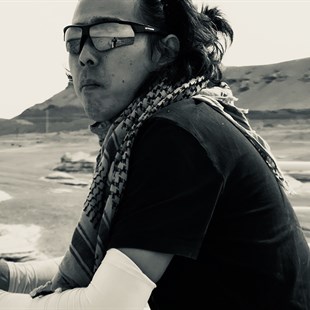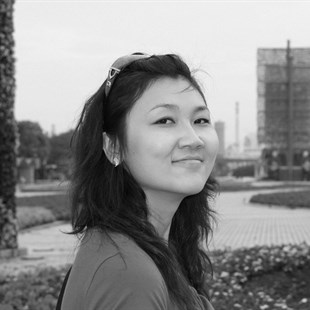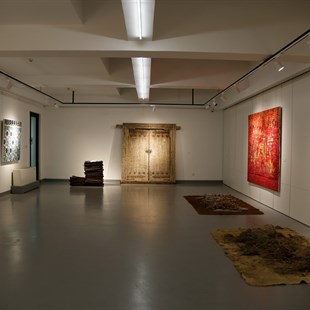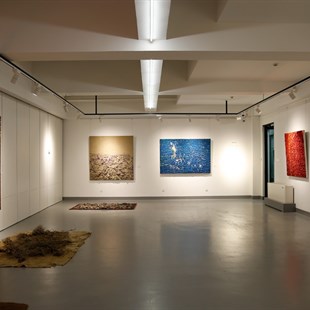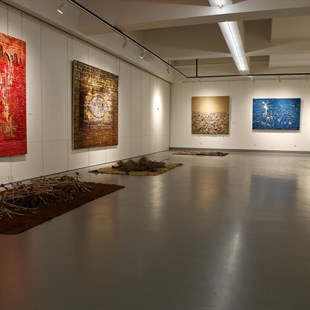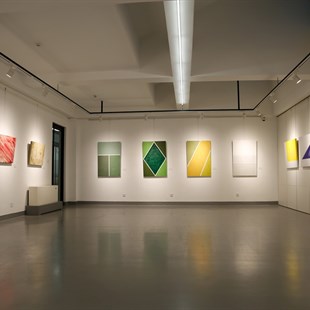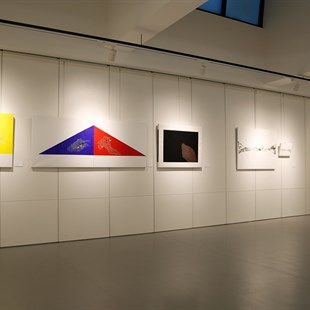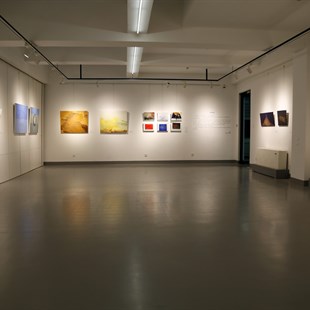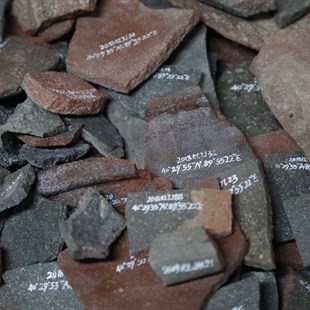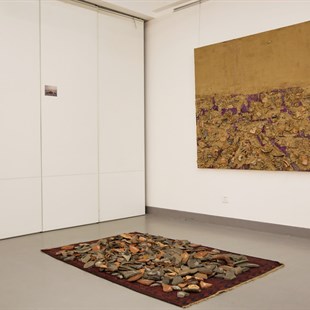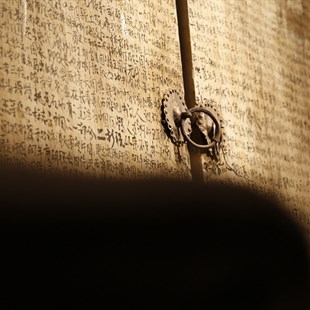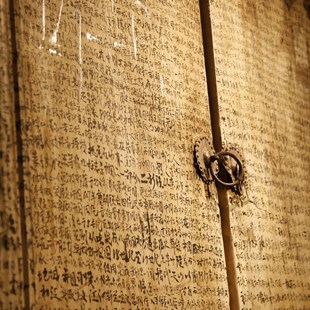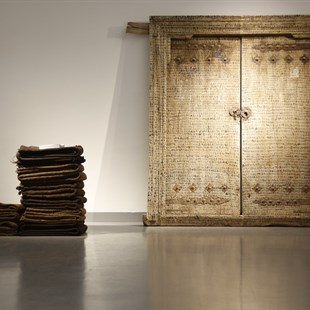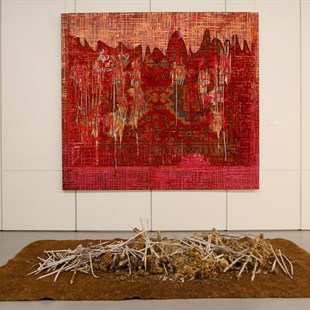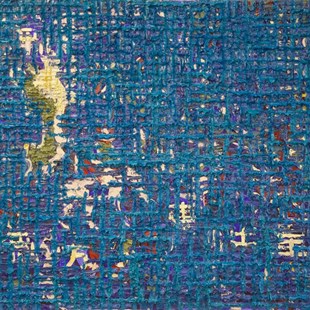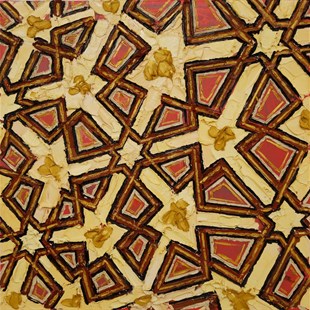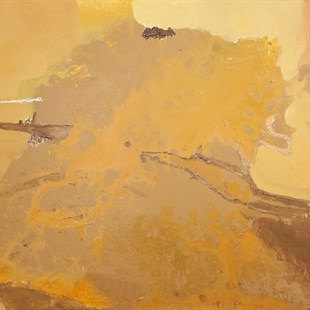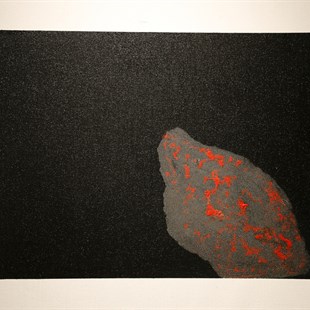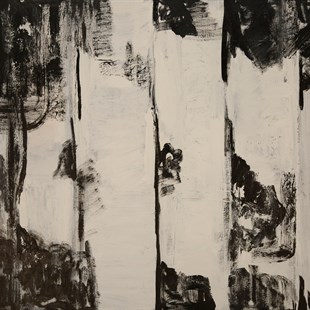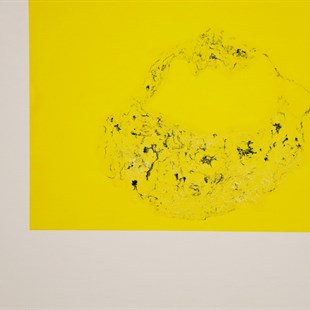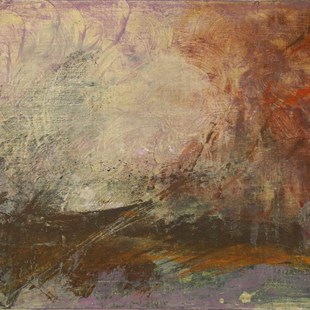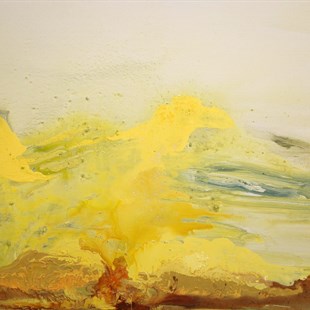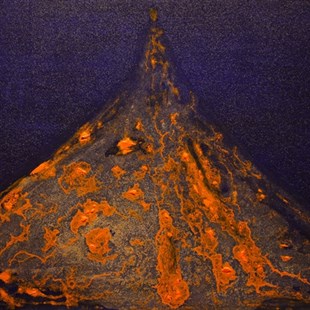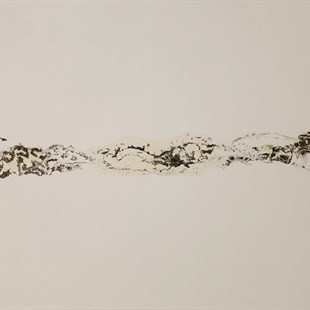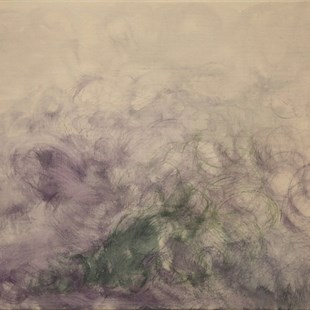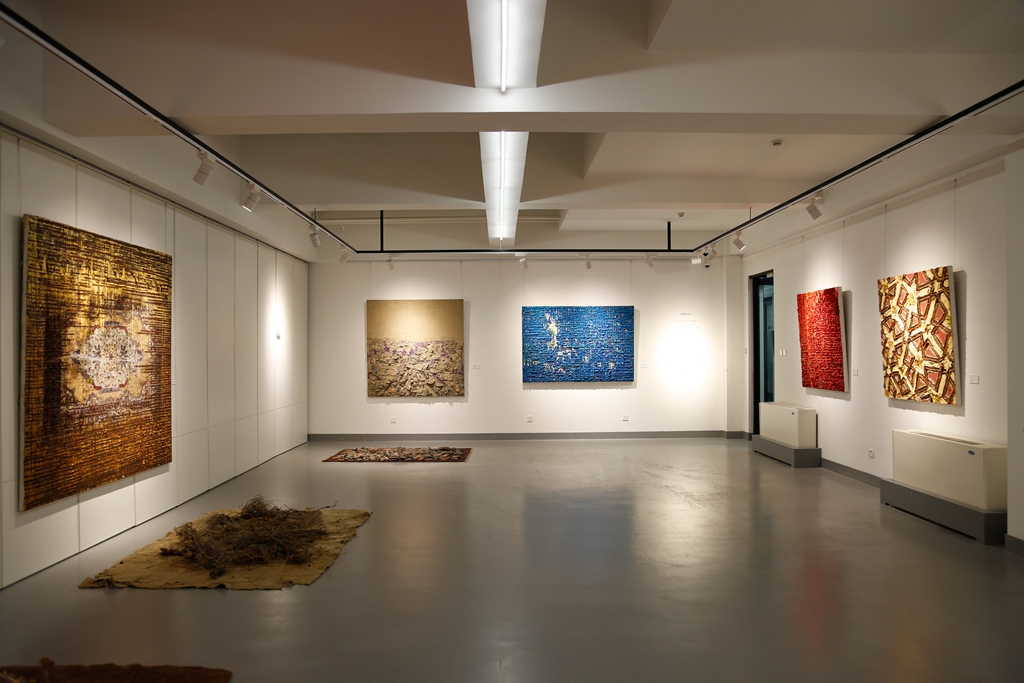
How to highlight an experimental thinking of art in unique regions and natural environments? This is an issue explored by Ma Yong and Jin Rong in their solo exhibitions. Ma Yong: Fabric and Geometry and Jin Rong: Nature and Life were unveiled at the Boya Gallery of the Graduate School of China Central Academy of Fine Arts. Both Ma Yong and Jin Rong are teachers from the Xinjiang Arts University and they are Ph.D. candidates in the China Central Academy of Fine Arts. These exhibitions present their works created after they enrolled in China Central Academy of Fine Arts. These works not only reflect the traces that they have studied while living in Xinjiang, but they also convey their feelings and expressions that resulted from their study in China Central Academy of Fine Arts.
Ma Yong’s solo exhibition is entitled “Fabric and Geometry”, which has become a clue to understanding his works to some extent. In the gallery, there are works composed of materials such as yardang, stoneware, pottery, arrow clusters, red willow, Alhagi maurorum, white splendens and so on, which bring viewers into the stories that the artist has experienced. Ma Yong’s work has a strong sense of presence and profound self-thinking which are reflected in the themes and contents of his works or by his expressive means. Ma Yong found inspiration from the geometric patterns of unearthed fabrics which were created 1500 years ago and created “Five Stars out of the East” and “Relaxed Twist Picture”. These fabrics and carpets were common things on the Silk Road in Xinjiang and they bear the memories of people, history and civilization. Ma Yong stated that, “these are all necessities for my life, and they are not representatives of absolute locality or individuality, but the products of an historical context on the Silk Road. These works summarized my interest and achievements during such a period, but there is also something immature and incomplete, which are related to the depth of research.”
In recent years, Ma Yong has repeatedly visited Lop Nur’s hinterland, in the harsh and uninhabited environment; Ma Yong has explored and observed his concerns like an archeologist. In the ancient cities of Loulan, Haitou, KL, Ma Yong felt the breath of ancient civilization in the desert of Hegobi. With a sense of fear and awe, he made “708 Pieces of Terracotta”, “this installation is a work presented directly onto the ground, and it is also a continuation of my easel paintings, as it can reflect the specialties of the region in Lop Nur. As for archaeology, it is also the direction of my thinking and future creation,” Ma Yong talked about it in the interview. This work reflects the material civilization of that period, connects history and civilization while transforming his own life experience into a contemporary expression.
Ma Yong’s oil paintings have a strong sense of texture and are full of active significance, the thick texture of oil paintings is like the structure of fabric and felt, thus fabric has become a starting point for Ma Yong to think about the history and the present. When talking about his “Fabric and Geometry Series”, “Matrix Breath”, Ma Yong expressed that, “I use pigments of oil paintings to find the texture of fabric. Although it is not a suitable expression, it is an experimental innovation for me. I use this method to intentionally imitate the actual process that workers sit and weave in front of the weaving rack at carpet factories. Although the tools are different, to pursue this material sense, I use a large scraper, and these colors are even repeatedly programmed with squeezing. In the creative process, the environment of workers at carpet factories in Hetian and Kashi emerged and I hope to restore this sense of realism and return to the atmosphere of villages.”
Jin Rong’s solo exhibition is entitled as “Life and Nature.” As a female artist, Jin Rong has her unique perspective to present her perception. There are both of the presentation of her learning experience and her thinking on the essence of life. Before she came to study in China Central Academy of Fine Arts, Jin Rong had focused on realistic paintings. After she studied at China Central Academy of Fine Arts for a year, she has embarked on more diversified and broader artistic creations, which naturally emerged from her learning process. During her growth, Jin Rong is willing to think about the meaning of life as well as how to find the existence of beauty in life. Her works in this exhibition showcase her thoughts and observations on the changing process of lives and plants in Nature.
“Endless Succession” depicts a state of Nature while indicating the formal structure of all beings in Nature. “Desert Spirit” portrays the remote stretch of sand dunes in the Taklimakan Desert, overlooking the vastness of desert while drawing the perceptions of life. For “Waves of Life”, the artist uses a fleeting and uncontrollable feeling to express the existence of an instant heartbeat. The form of image is precipitated and solidified into an abstract appearance. Although Jin Rong’s works in this exhibition are all her creations during her Ph.D. study and they are not large, but the materials and expressive means she used all explore the relations between figurative and abstract expressions in fine arts. The series of works such as “Autumn Scenery”, “Scenery and Landscape”, “Sadness”, “Worries” convey the fantasy of an inner life with abstract forms and pure colors. These highlight the delicate feelings of a female artist with emotions, the abstract formal language reveals the cycle of four seasons. Jin Rong explores the most original visual images with an abstract extension.
This duo exhibition by Ma Yong & Jin Rong showcases over 20 works including oil paintings, installations, videos and other mixed media, which feature two doctoral students who have lived and worked in Xinjiang, they have conducted research into new understanding, expressions and explorations in fine arts during their study at China Central Academy of Fine Arts. Their reflections on art ontology and artistic creations are worthy of discussion and research.
Text by Lin Lu and edited by Zhu Li, translated by Sue/CAFA ART INFO
Photo Courtesy of the Artists


